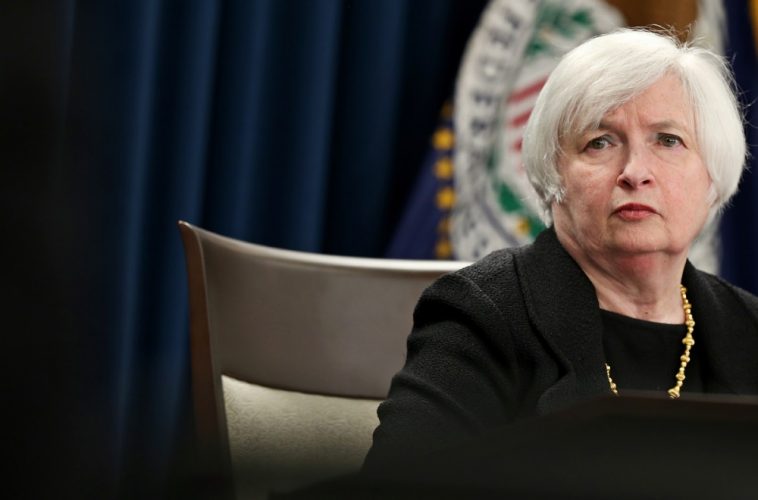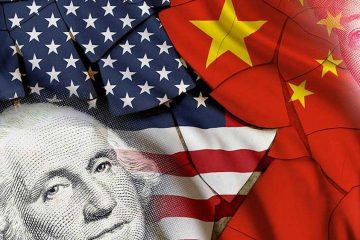The Federal Reserve’s move on interest rates may end up being more like a run, than a hike.
The U.S. central bank meets this week. But the real question is not whether they will up the short-term interest rate they control—everyone expects they will, a quarter of a point to 0.5%—but when Janet Yellen & Co. will raise rates again. The answer could be sooner than the market thinks, and that could be a problem.
According to data from Bloomberg, after this week’s expected rate hike, futures traders don’t see another until May. But even then, they put the probability of the third rate hike since the financial crisis—the first was in December 2015—at only 46%. How about two rate hikes in 2017? The market is saying there is only a 34% chance of that.
The last time that the Fed updated its economic projections, it expected the Fed Funds rate to be around 1.1% by the end of 2017, implying that U.S. central bankers would at most raise rates two times next year.
The big question for financial markets, and for anyone planning to take out a home loan in the near future, is whether the Fed shifts those projections higher.
Andrew Sheets, chief global cross-asset strategist with Morgan Stanley, reckons that markets are under-estimating the pace of further policy tightening, possibly because people expect year-end optimism about the economy to fizzle as badly as it did after the Fed’s last hike a year ago.
But, he says (with fingers firmly crossed), “this time is different.” Industry surveys are looking a lot perkier, new jobless claims are lower and, perhaps most importantly, inflation expectations are rising. Real, bond yields, i.e. adjusted for expected inflation, are now actually lower than they were a year ago, Sheets said in a research note Sunday. That phenomenon is unlikely to last.
Sheets reckons the Fed will actually raise rates six times between now and the end of 2018. By that logic, he says, the dollar is also likely to tend stronger for the foreseeable future.
Bond markets appear to have taken such messages on board in the last couple of weeks. Yields on benchmark 10- and 30-year Treasury bonds have risen by more than half a percentage point since Donald Trump’s election victory, leaving bond investors nursing heavy losses (bond prices and yields move in opposite directions).
Bond markets opened Monday again with a heavy thud, as a surge in oil prices reinforced expectations of higher inflation. The 10-year yield surged to hit 2.5% for the first time in over two years, while the 30-year hit a 17-month high of 3.20%.


